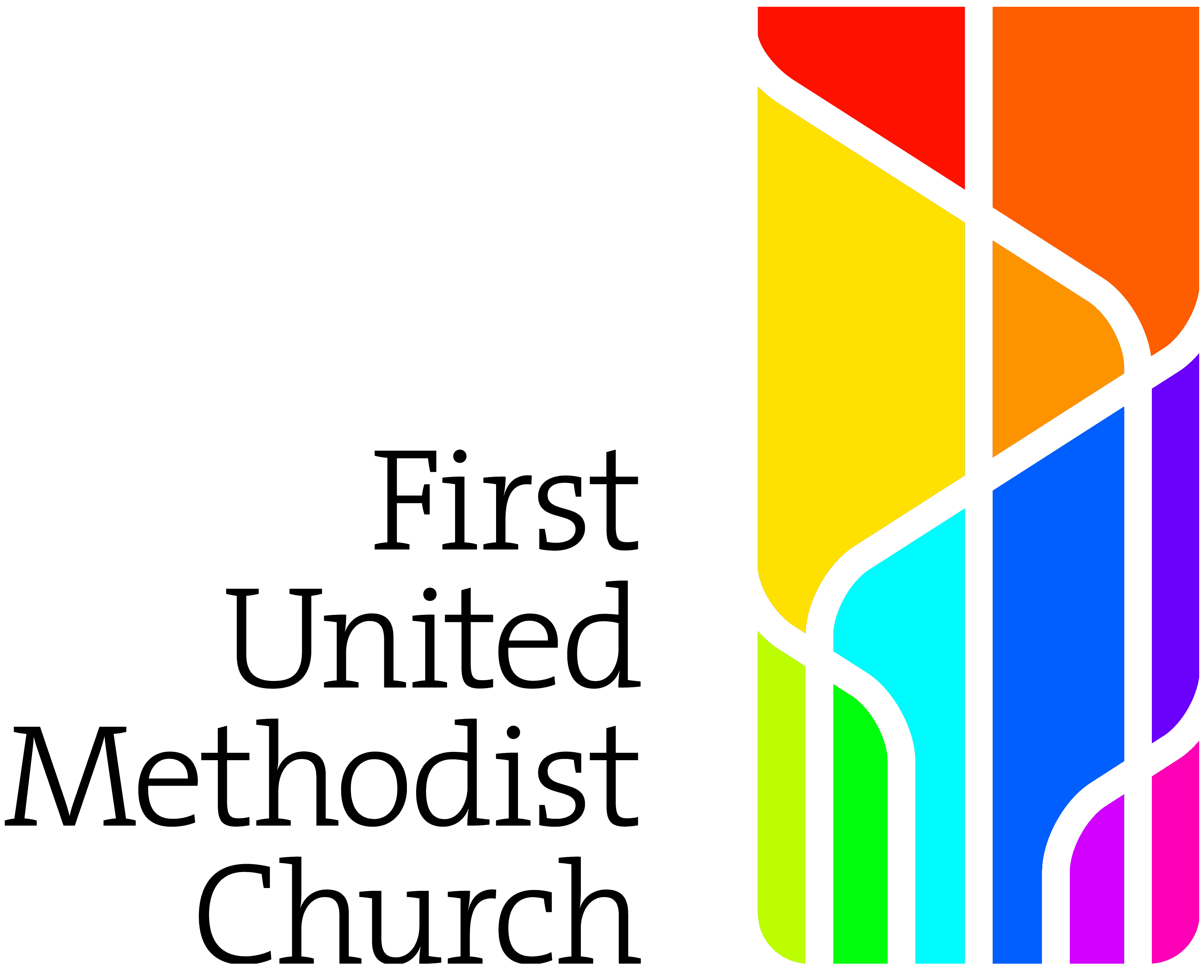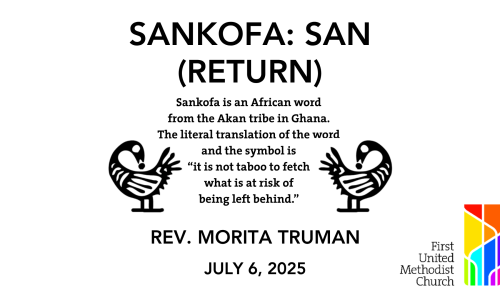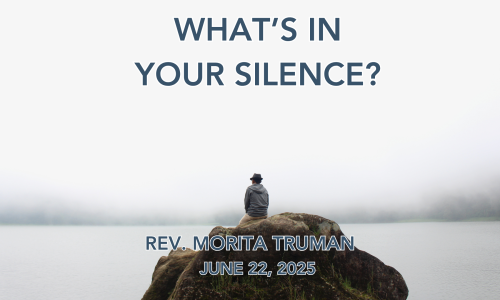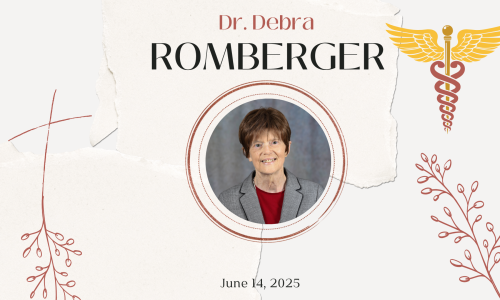WISDOM READINGS:
Emily Dickenson
Hope is the thing with feathers
That perches in the soul
And sings the tune without the words
And never stops at all.
Matthew 13:31-33, 44-48
He put before them another parable: ‘The kingdom of heaven is like a mustard seed that someone took and sowed in his field; it is the smallest of all the seeds, but when it has grown it is the greatest of shrubs and becomes a tree, so that the birds of the air come and make nests in its branches.’
He told them another parable: ‘The kingdom of heaven is like yeast that a woman took and mixed in with three measures of flour until all of it was leavened.’
‘The kingdom of heaven is like treasure hidden in a field, which someone found and hid; then in his joy he goes and sells all that he has and buys that field.
‘Again, the kingdom of heaven is like a merchant in search of fine pearls; on finding one pearl of great value, she went and sold all that she had and bought it.
‘Again, the kingdom of heaven is like a net that was thrown into the sea and caught fish of every kind; when it was full, they drew it ashore, sat down, and put the good into baskets but threw out the bad.
MESSAGE: “Kindom Hope
We have focused for the last couple of weeks on a theology of hope grounded in illustrations of agriculture… of sowing seeds, of harvest, a lens through which we looked at ourselves as sowers of seeds of hope, as those who nurtured and watched that seed in trust that it would produce fruit…Hope.
In his book Theology of Hope, Jurgen Moltman writes of hope as an eschatological (the theology of last things… of the end…) concept in the faith. However, he sets forth this eschatological hope not as the end, rather as a new beginning. In some sense he indicates that yes, some things must come to an end… however, these ending things point us to the hope of new beginnings, of new possibilities, … that, those of us who follow The Way should be seen and recognized for our hope of what is present in the world around us, not for a doom and gloom escapist viewpoint. Moltmann writes, “The Christian life, no longer consists in fleeing the world and in spiritual resignation from it, rather it is engaged in a response upon the world and a calling into the world.”1
While this is true, like we spoke of last week, not only Moltmann, Brueggemann also tells us we must be willing to embrace the reality of the struggling world and grieve its brokenness all around and within us. A theology of hope is not Pollyannaish or seen through rose colored glasses or denying of its failings, however it is precisely these things that lead us, as Followers of the Way, to HAVE Hope! However, it is a journey we must travel, because it is a reality not an illusion and our grief is real and we must not sit idly by in denial.
I was drawn to an author I had not read since I was in Seminary, Margaret Wheatley. She wrote of hopelessness in an article back in December of 2018 and the need to be able to sit with this letting go expectations of success and production. She writes, “In the past it was easier to believe in my own effectiveness: if I worked hard, with good colleagues and good ideas, we could make a difference. But now I doubt that. Yet without hope that my labor will produce results, how can I keep going? If I have no belief that my vision can become real, where will I find the strength to persevere?”2 She is struggling with hoping in what seems a hopeless world. She quotes another author… Rudolf Bahro, “When the forms of an old culture are dying, the new culture is created by a few people who are not afraid to be insecure.”3
I believe, on many levels she speaks to what Moltmann and Brueggmann speaks to in their discussion of embracing the reality of a broken world and a society living in denial when she concludes the article… “This is how I want to journey through this time of increasing uncertainty. Groundless, hopeless, insecure, patient, clear and together.”4 We are in this together, and we will persevere together.
In a story written this last week by John Dickerson, he tells the story of John Lewis arriving in Selma to march with two books in his book bag. One, The American Political Tradition and The Seven Story Mountain by Thomas Merton, who Wheatley also cites for wisdom and guidance. He said Lewis had expected to read them while he was perhaps in jail as a result of the upcoming protest… rather, he ended up in the hospital with a broken skull and beaten badly. It was an experience he would draw on the rest of his life. But not in bitterness and hopelessness, though surely in those days it must have crossed his consciousness. “Be Hopeful. Be Optimistic. But never lose that sense of hope.”5 Were words he shared. A man driven by and grounded in HOPE!
I remember a young man back in 2003 who was struggling for his life in the hospital. At home there were prayers and hope, there was fear and hopelessness, there was encouragement and compassion, there was despair and grief. As we all struggled to be hopeful, gathered together in our hopelessness and inadequacy a friend and colleague gave me a prayer that has oft become my mantra when I am feeling lost and hopeless… “God, I am going to do the best I can and you are going to have to do the rest.”
In today’s world, in our current state of struggle, uncertainty, and the unknown… we look to our lives and faith to know we do not walk this path alone. Today the vision, the illustrations we encounter in Jesus’ teaching expands into a broader view. Again, he looks to a seed, a mustard seed and speaks of even the smallest amount of faith. The mustard seed grows into a great shrub. Author, scholar Hal Taussig points to this story and suggests Jesus had a great sense of humor. In the Hebrew scriptures great faith is often likened to the Cedars of Lebanon… great and mighty trees, and here Jesus likens faith to a mustard seed and a shrub. Even the smallest seed… the smallest faith… the smallest hope is efficacious in the world around us.
He expands to image into a woman who mixes yeast into the flour…yeast was not used as a positive illustration in Jesus day… Remember Jesus pointing to the “yeast of the some of the religious leaders” of his day? In Matthew 16 – “Beware the yeast of the Pharisees and Sadducees.” yeast was seen an invasive corrupting agent. The Kindom is an invasive pervasive agent of love and hope.
The Kindom is like a treasure in a field… a pearl of great value… a net thrown into the sea gathering in a diversity of creation… The Kindom is all around us, within all we see and touch and taste and smell and value and cherish and hope for! We are immersed in the very Presence of the Divine, filled within, surrounded without. And even when we are struggling together in hopelessness, uncertain of what has happened, what is happening, what will happen… we are together… we are people of The Way… People of Hope.
There is something to be said about this Kindom Hope… a Hope that Trusts God is at work even in the smallest and most unknown of ways… at work for Good in the World.
Again, Brueggmann reminds us… “The prophetic tasks of the church are to tell the truth in a society that lives in illusion, grieve in a society that practices denial, and express HOPE in a society that lives in despair.”6
Kindom Hope… is a hope that knows the depths of struggle.
Kindom Hope… is a hope that knows the value of community.
Kindom Hope… is a hope that HOPES together.
Kindom Hope… is a hope that offers the world life.
Our story… our sacred text… is a constant reminder of despair turned to joy, struggle turned to triumph, failure turned to grace, illusion turned to truth, death turned to resurrection and life! This IS so. Amen.
1 Moltmann, Jurgen, (1967) Theology of Hope, SCM Press Ltd. Harper and Row Publishers, New York, NY.
2 Wheatley, Margaret, (2018) Finding Hope in Hopelessness. The Daily Good, News that Inspires
3 Wheatley, Margaret, (2018) Finding Hope in Hopelessness. The Daily Good, News that Inspires
4 Wheatley, Margaret, (2018) Finding Hope in Hopelessness. The Daily Good, News that Inspires
5 Dickerson, John, (2020) Holding on to Hope in the Face of Cynicism: The Lessons Lewis Taught Us, Face the Nation, CBS News.
6 Brueggemann, Walter, (2014), Reality, Grief, Hope, Three Urgent Prophetic Tasks, William B. Eerdmans Publishing Company, Grand Rapids, MI.






